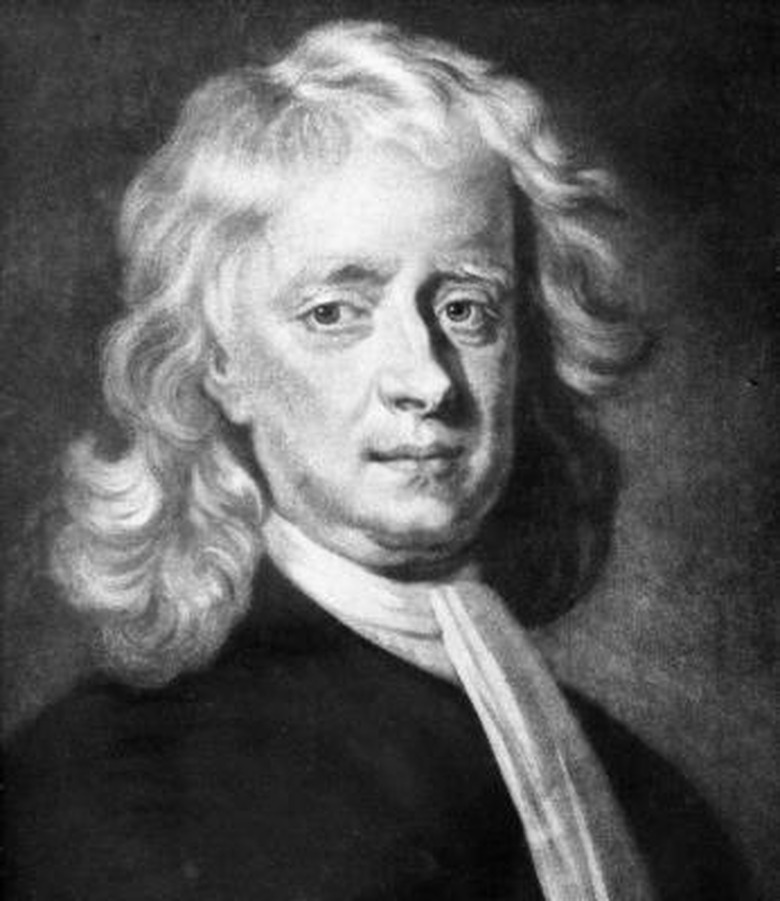Newton's Laws Of Motion Made Easy
Sir Isaac Newton is considered by many to be the father of modern physics. He postulated a number of natural laws, the most famous of which is gravity, when he was supposedly hit in the head by a falling apple. It is his laws of motion, though, that can be confusing for some people. However, once they're broken down, they become relatively easy to understand.
Newton's Laws of Motion
Newton's Laws of Motion
There are three laws of motion, according to Newton. The first is, "Every object in a state of uniform motion tends to stay in that state of motion unless an external force is applied to it." The second law is, "The relationship between an object's mass M and acceleration A, and the applied force F is F=MA. Acceleration and force are vectors, and in this case the direction of the force vector is the same as the direction of the acceleration vector." And the third law is, "For every action there is an equal and opposite reaction."
First Law
First Law
Objects in motion tend to stay in motion. This is the simplest of Newton's laws, and is usually referred to as inertia. Inertia means that once an object starts in a certain direction, it requires an equal or greater force to stop it from moving. If a car is driving in a certain direction, than it will take an equal or greater force than the car to stop its motion, such as a car moving in the opposite direction with the same force.
Second Law
Second Law
Broken down into more common language, an object's force is the combination of its mass and acceleration. The law also states that acceleration and force must be in the same direction in order for the formula to work. For example, a bullet is stationary until the trigger is pulled and the gunpowder explodes. The power of the explosion is the acceleration (A), and the weight of the bullet is the mass (M). The force of the bullet (F) is measured as the mass times its acceleration, and can be said to be the impact that the bullet will strike with.
Third Law
Third Law
Everyone has heard the wisdom that for every action there is an equal and opposite reaction. The easiest way to see this law in action is to step off of a boat. The force that the person uses to push himself forward ends up pushing the boat backward in an equal, yet opposite manner.
Generalities
Generalities
Newton's three Laws of Motion are the cornerstones of physics, so you need to know and understand these laws to understand the more complicated aspects of physics.
References
Cite This Article
MLA
Litherland, Neal. "Newton's Laws Of Motion Made Easy" sciencing.com, https://www.sciencing.com/newtons-laws-motion-made-easy-5329474/. 24 April 2017.
APA
Litherland, Neal. (2017, April 24). Newton's Laws Of Motion Made Easy. sciencing.com. Retrieved from https://www.sciencing.com/newtons-laws-motion-made-easy-5329474/
Chicago
Litherland, Neal. Newton's Laws Of Motion Made Easy last modified March 24, 2022. https://www.sciencing.com/newtons-laws-motion-made-easy-5329474/
